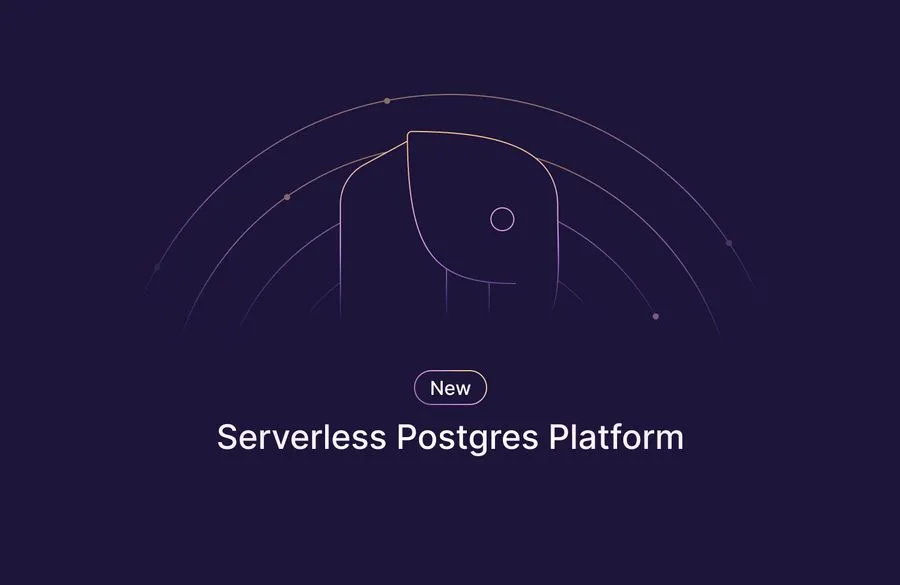What is Xata?
Xata is a serverless database platform that simplifies working with relational data. It offers a developer-friendly UI, SDKs, and features like full-text search, analytics, branching, and schema migrations—all without managing infrastructure.
Think of it as a modern abstraction over PostgreSQL with built-in tooling to help you work faster and more efficiently. With Xata, you can query your data through a REST API, JavaScript/TypeScript SDK, or even directly via SQL (if you want to go under the hood).
Understanding PostgreSQL in the Context of Xata
PostgreSQL is a powerful, open-source relational database known for its ACID compliance, robustness, and extensibility. It’s a popular choice among developers and companies that need reliability and flexibility.
Xata uses PostgreSQL under the hood, but abstracts away infrastructure and complexity. You still get the reliability and performance of PostgreSQL, but you interact with it through a higher-level interface, making it perfect for developers who want to move fast without worrying about DevOps.
Why Use Xata with PostgreSQL in Your Projects?
- Developer Experience: Xata provides an intuitive UI and CLI, making it easy to create, modify, and query your schema.
- Search Built In: No need for a separate search engine like Elasticsearch—Xata includes full-text search.
- Branching and Schema Evolution: You can create branches of your database like Git branches, experiment freely, and merge back changes.
- Analytics and Dashboards: Built-in data analytics without writing extra code.
- Jamstack-Friendly: Works great with serverless and frontend-first stacks.
Getting Started
Prerequisites
- Node.js installed
- An active Xata account
- Git (optional but helpful)
Installation and Initialization
First, install the CLI:
npm install -g @xata.io/cli
Then initialize your project:
xata init
This command guides you through selecting a workspace, database, and environment.
Setting Up the Database
You can set up tables and columns from the Xata web UI or by pushing schema changes from the CLI. The UI lets you quickly model your data without writing migrations.
You can also seed data through the dashboard or programmatically via the SDK.
Integrating Xata into Your Project
Install the JavaScript client:
npm install @xata.io/client
Then create a client instance:
import { getXataClient } from './xata';
const xata = getXataClient();
Sample CRUD operation:
// Fetch all products
type Product = {
id: string;
name: string;
price: number;
};
const products: Product[] = await xata.db.products.getAll();
You can also perform filtered queries, sorting, pagination, and full-text search with ease.
Handling Authentication and Security
Xata uses token-based authentication. When you initialize the CLI or SDK, a .env file with your API key is created. Keep this secure and avoid committing it to version control.
You can also manage roles and permissions in the dashboard to control access across environments.
Advanced Features
Database Branching
You can create branches of your database to test schema changes safely:
xata branch create dev-branch
Analytics
Xata automatically tracks and visualizes query activity, usage, and performance.
Performance
Xata uses edge caching and query optimization to reduce latency. It’s designed to work seamlessly with platforms like Vercel and Netlify.
Deployment Considerations
When deploying your app (e.g., on Vercel):
- Set your Xata API key and workspace ID in your project settings under environment variables.
- Avoid leaking credentials—use
.env.localand ignore it in Git. - Handle API failures gracefully using try/catch around Xata queries.
Real-World Use Case: My Project
In my recent project, I built a product catalog app where Xata handled everything from storing products to implementing full-text search. The CLI helped me scaffold the schema, and the SDK made it easy to integrate CRUD and filtering logic in my React components. The built-in analytics helped me visualize query patterns without third-party tooling.
It replaced the need for a separate database + search service + admin UI. All in one.
Conclusion
Xata combines the maturity of PostgreSQL with the ease of modern developer tools. It abstracts away server setup, schema management, and query complexity—while giving you flexibility, power, and scalability. If you’re building serverless or Jamstack apps and want to move fast without breaking things, Xata is worth considering.
Whether you’re a solo dev or part of a team, Xata can reduce cognitive load while still being production-ready.
Resources
- Xata Documentation
- PostgreSQL Official Site
- My GitHub Repo (Product Catalog App)
- Xata CLI
- Xata SDK for JS
Have questions or want to share how you used Xata? Drop a comment or reach out!




